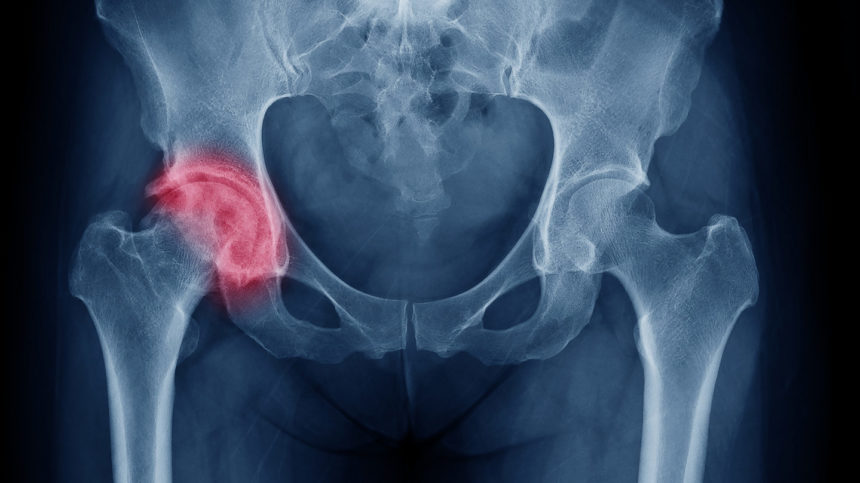
Hormone therapy in postmenopausal women increases lumbar spine bone density, protecting against bone loss even after the prescriptions are discontinued, a new study has found.
Osteoporosis, characterized by decreased bone density, is common, with approximately 14 million cases in the United States alone. It can lead to pain, fractures and disability, especially in older women, and is often associated with estrogen deficiency, the researchers reported.
Estrogen-only and estrogen-progestin combination hormone therapies are widely used to prevent and manage osteoporosis, but studies have found varying results about whether the protection persists.
In the current study, investigators examined real-world data from more than 6,000 postmenopausal women participants in the national Health and Nutrition Examination Survey to determine the efficacy of different hormone therapy types on bone strength and what happens after the therapy is stopped.
The researchers found that combined oral contraceptive pills, estrogen-only pills, estrogen/progestin combo pills, estrogen-only patches, or the use of more than two kinds of hormone preparations increased lumbar spine bone mineral density. And all, except for the estrogen-only patches, also provided protection against bone loss (osteopenia). Notably, among those who had stopped hormone therapy, the benefits persisted.
There was no association with the therapies and osteoporosis prevalence.
“Hormone preparations increase lumbar spine BMD in postmenopausal women and exert a protective effect against osteopenia,” the authors concluded.
The study was published in the journal Menopause.
Related articles:
NAMS updates guidance for managing osteoporosis in older women
Post-menopausal hormone therapy linked to improved cognition




